Facilities
NCPA's expansive 85,000 square-foot facility houses a diverse array of specialized laboratories and equipment, providing a perfect environment for our researchers to explore the possibilities of sound.
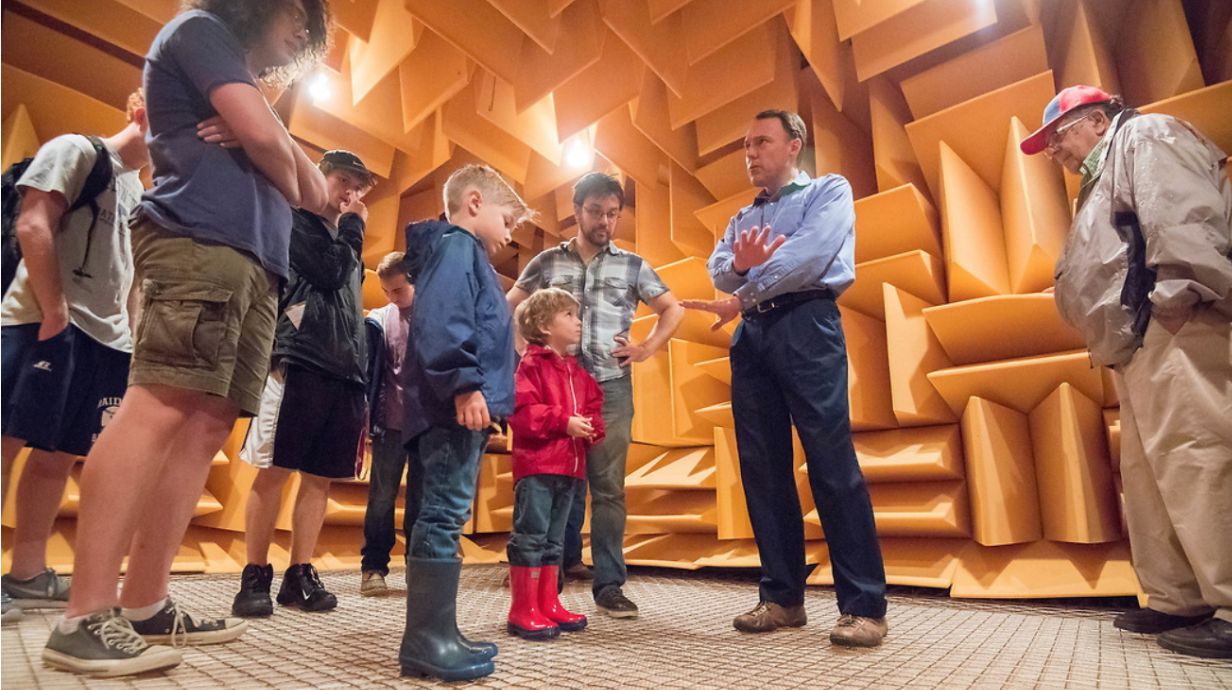
World-Class Research Environment
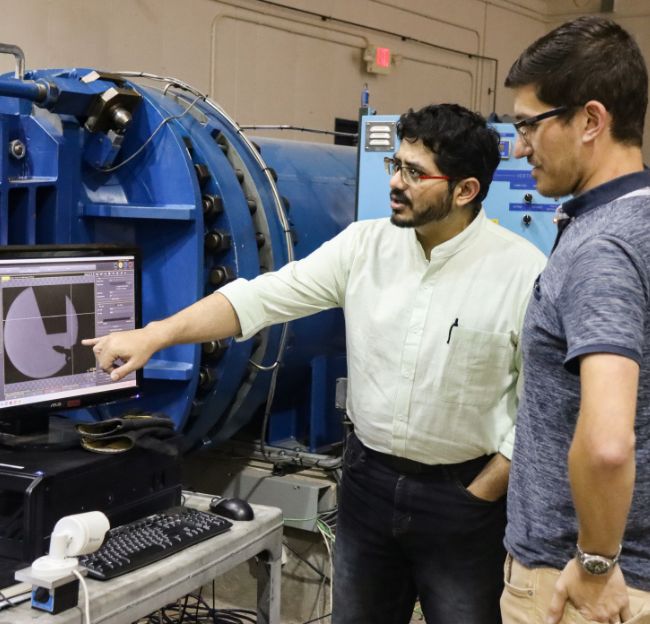

Tri-Sonic Wind Tunnel Facility
First operated in 2006, our wind tunnel is designed for the study of supersonic, combusting flows. With a 12" x 12" test section, it can achieve Mach numbers ranging from 0.3 to 5.0. Powered by a robust 6000 cu. ft. air supply at up to 600 psi, the tunnel can conduct 5-15 runs per hour, each lasting 10-20 seconds.
Stereo particle image velocimetry, infrared imaging and laser Doppler velocimetry provide comprehensive data for analysis.
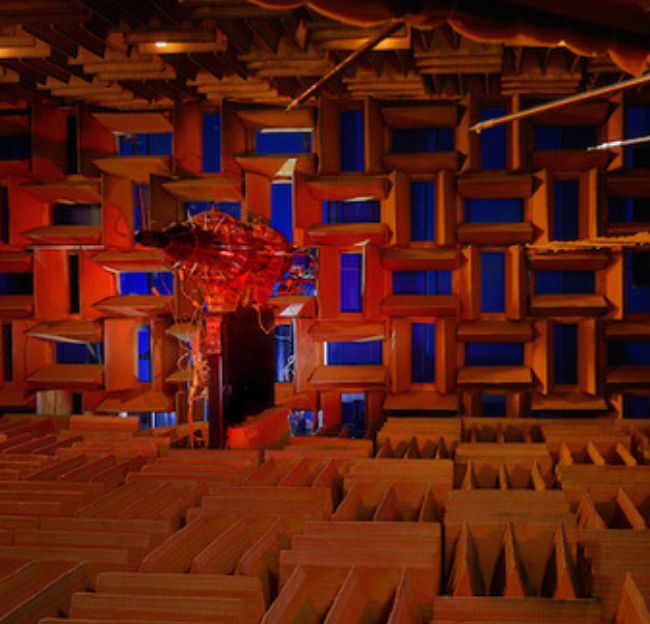
Anechoic Jet Laboratory
Our anechoic jet lab is designed for the in-depth study of supersonic, combusting flows. It's core capabilities include a hot-jet operation at 3 lbm/s, 1,000 K, and 45 PSIA, with a typical nozzle diameter of 2 inches. The facility also supports twin nozzle configurations.
Room aspiration maintains constant environment temperatures even during continuous operation of nominally 2-inch, Mach 2.0 jets at up to 1500 degrees Fahrenheit.
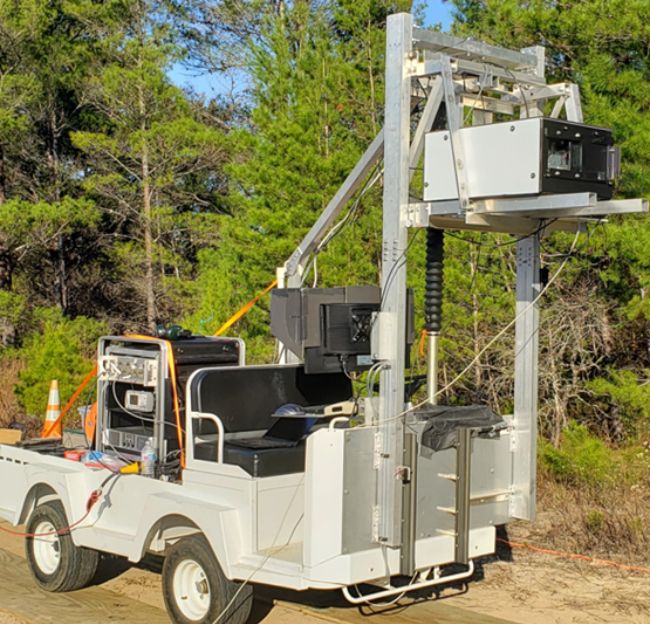
Multi-Beam Laser Vibrometer
Our multi-beam laser vibrometer is an important tool for precise vibration measurements. This system employs a linear array of 30 laser beams to simultaneously measure velocity differences between illumined points, enabling real-time measurements even on moving platforms.
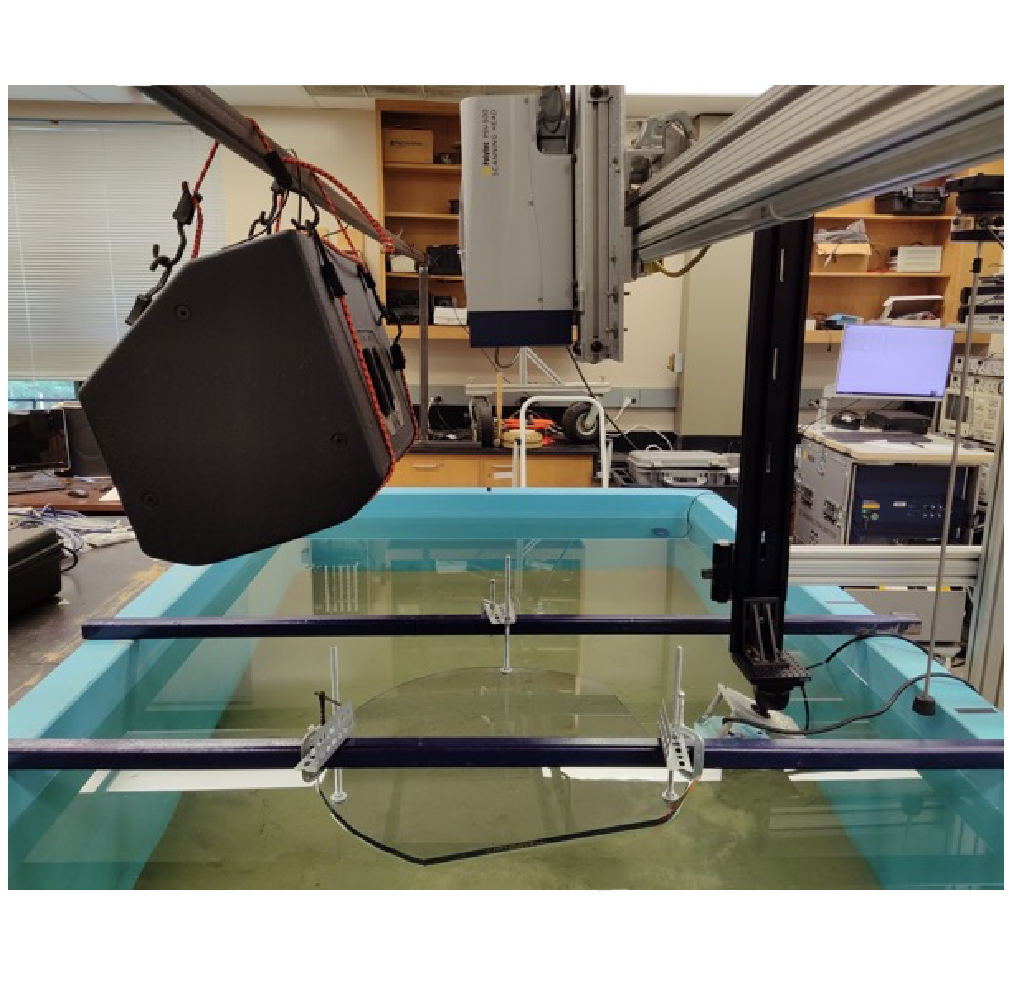
Underwater Acoustics Tank
We operate an underwater acoustics tank that is crucial for exploring the complexities of sound in marine environments. This equipment enables scientists to simulate ocean conditions and conduct experiments to study sound propagation, detect underwater objects and characterize materials. Applications of this research range from analyzing oil industry data to image the ocean and understand its dynamics to developing techniques for detecting underwater mines.
Interested in exploring potential collaborations?
NCPA offers a wealth of expertise and advanced facilities, including Faraday labs, a multi-million dollar machine shop, an anechoic chamber, and a jet test facility. To support in-house design, we offer computer CAD services. If you believe your company or organization could benefit from our capabilities, we encourage you to reach out to our Business Manager LaTonya Weekly to discuss potential opportunities.
Latonya Rena Johnson Weekly
Business Manager
